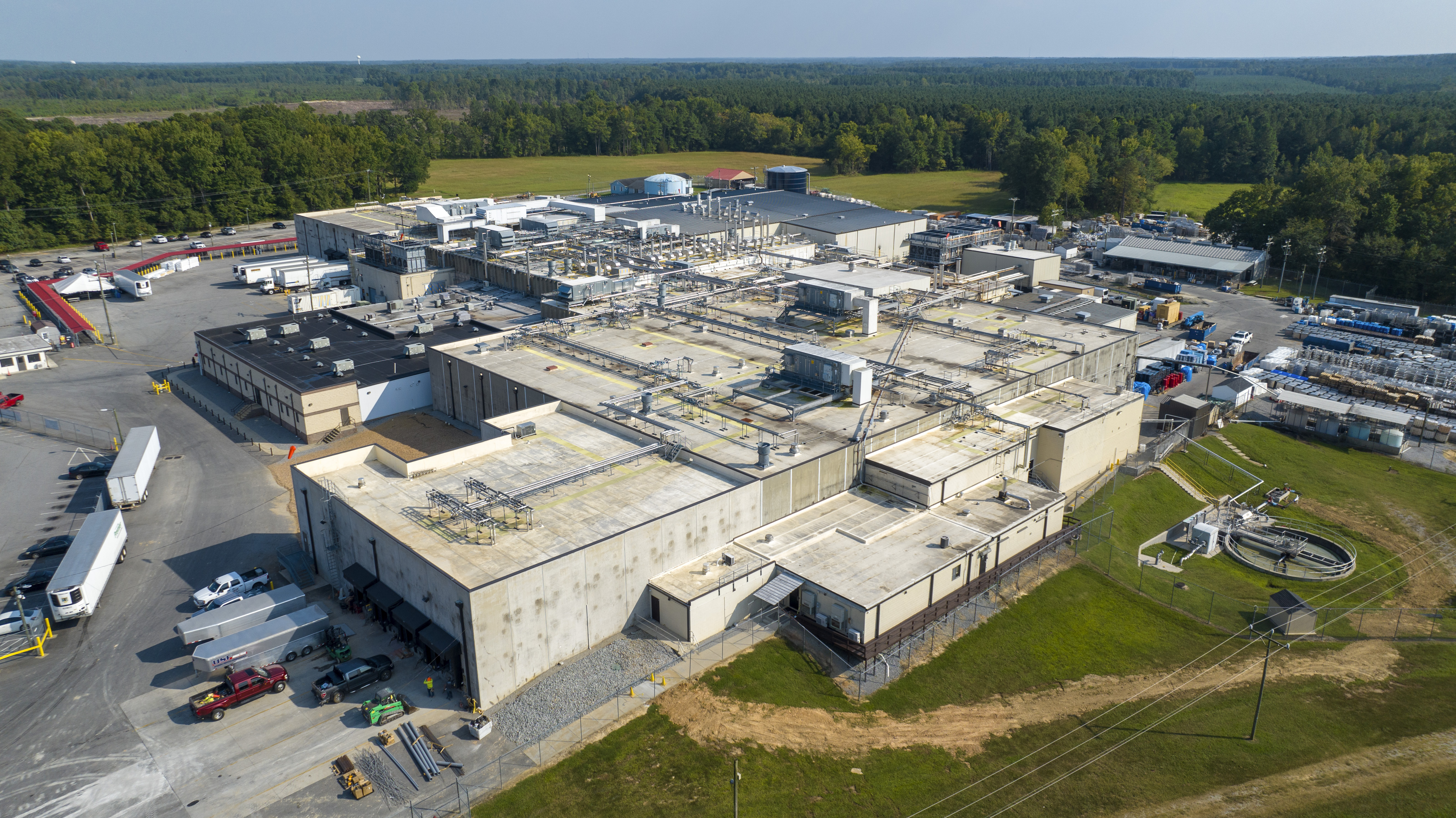PORTSMOUTH, Va. (WAVY) — Lightning is one of the most dangerous weather phenomena out there, it’s nothing to mess with and deserves to be highlighted. After all, one bolt of lightning is over 50,000 degrees Fahrenheit.
Yeah, that’s five times hotter than the surface of the sun!
Essentially, lightning is an explosion in the sky and thunder is the sound of that explosion. Since light travels faster than sound, we’ll see the lightning first before hearing the thunder. It’s also why the time between seeing lightning and hearing thunder shrinks the closer you are to the bolt of lightning (or thunderstorm).

In a building thunderstorm, the air molecules climb in elevation, as they rise they cool and condense, forming the cumulonimbus storm cloud. But their rising motions aren’t the prettiest; the molecules bump and rub into each other in the process. This friction develops a charge on the particles. The lighter, positive charged particles rise to the top of the cloud as the heavy, negatively charged ones sink to the bottom.
When that separation of charges becomes to uncomfortable — BANG — lightning!
Sometimes that crack of lightning happens within the storm cloud, or if there’s enough of the opposite charge on the ground, cloud-to-ground occurs.
Lightning is appealing (my sixth-grade science fair project was on lightning), but when it’s seen or when thunder is heard, it’s time to get inside. “When roars, head indoors.”


























































